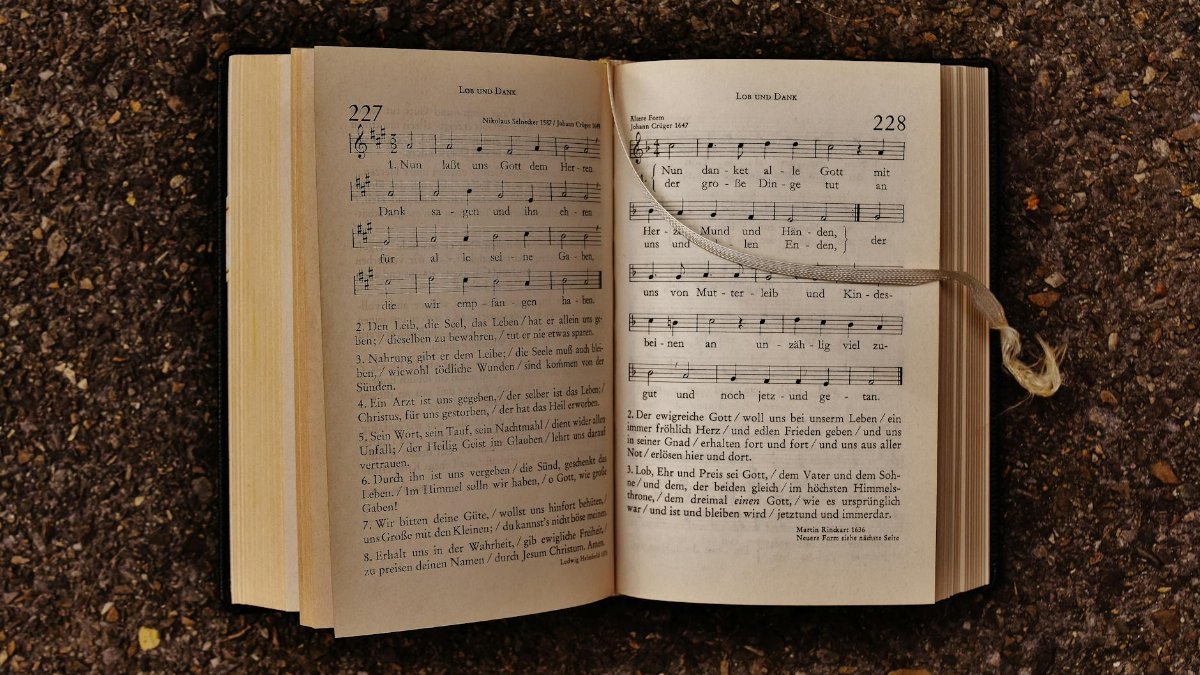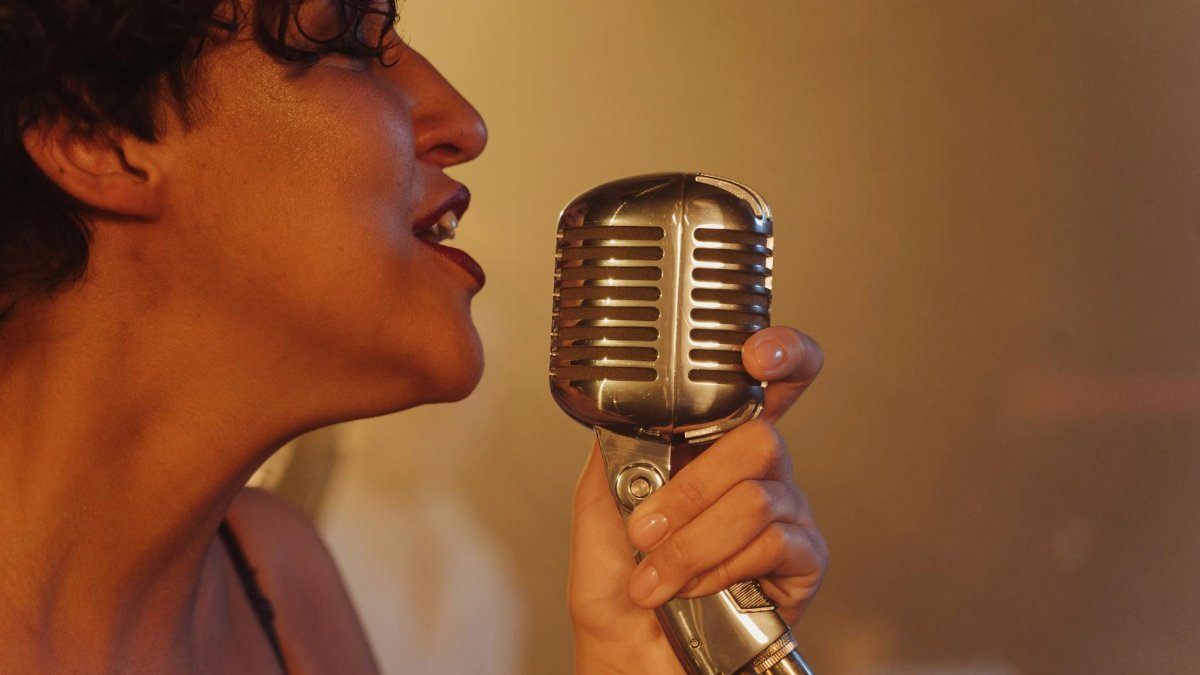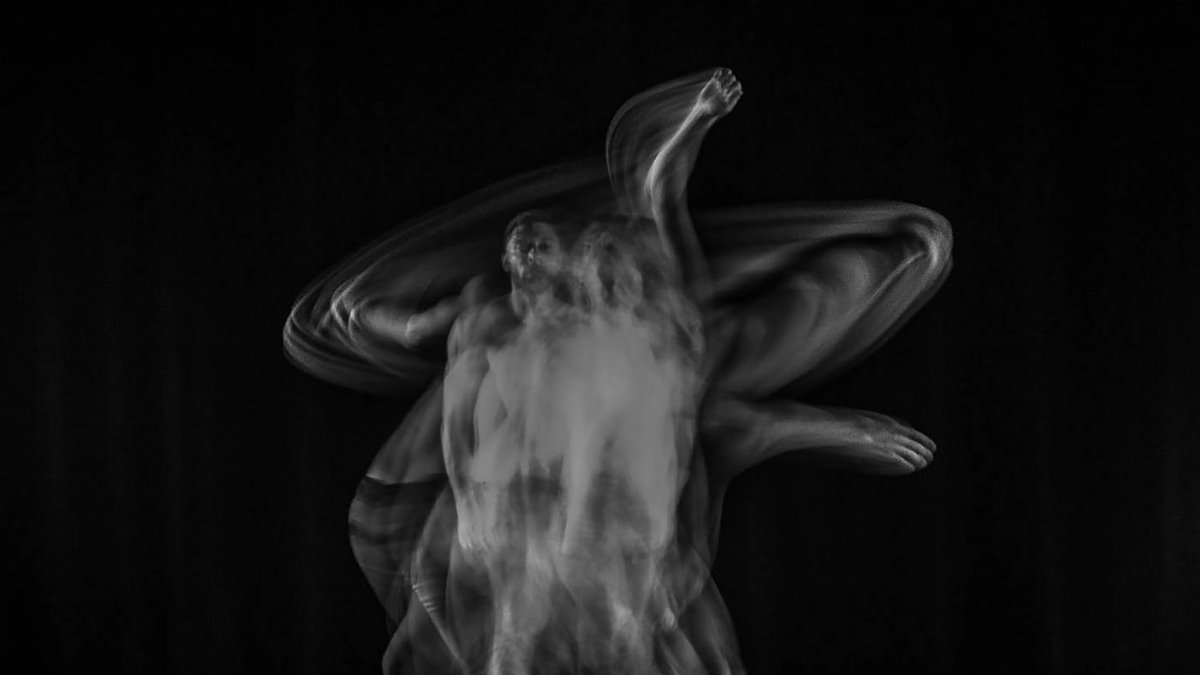Imagine a dimly lit jazz club in New Orleans, the air thick with anticipation as a saxophonist takes the stage. Before the first note, there’s a subtle pause—a deep, rhythmic breath that seems to sync with the room’s pulse. Contrast that with a classical violinist at Carnegie Hall, poised under bright lights, drawing a slow, measured inhale before the bow touches the strings. This distinction in breathing, often overlooked, lies at the heart of performance calm. The concept of jazz vs classical breath isn’t just about air; it’s about how musicians harness rhythm and control to anchor themselves amid pressure. For many, this subtle art shapes not only their sound but their mental state. What can we learn from these contrasting approaches, and how do they reflect deeper truths about managing stress in high-stakes moments?
The Roots of Breath in Music

Breathing is the invisible foundation of music, especially for wind instrumentalists and vocalists. In jazz, breath often mirrors the genre’s improvisational nature—fluid, adaptive, and tied to the moment. A trumpeter might take quick, sharp inhales during a fast bebop solo, aligning with irregular rhythms. Classical musicians, on the other hand, often adhere to structured, deliberate breathing patterns, reflecting the precision of a Beethoven symphony. This difference isn’t arbitrary; it’s rooted in the demands of each style. Jazz thrives on spontaneity, while classical performance leans on predictability and control. As a result, the way musicians breathe becomes a kind of mental blueprint, guiding how they navigate the emotional terrain of a performance.
Historical accounts show that breath training has long been central to both traditions, though with distinct goals. Jazz musicians, emerging from the early 20th-century American South, often learned breath control informally, adapting to the raw energy of speakeasies and street corners. Classical training, with its European conservatory lineage, emphasized diaphragmatic techniques for sustained notes, as seen in operatic arias. These origins still echo in how performers approach calm under pressure today.
Jazz Breath: The Rhythm of Spontaneity

Jazz breathing often follows a syncopated, almost conversational flow. Musicians might inhale on off-beats or in irregular counts—think a five-beat inhale before a solo riff. This isn’t just practical; it’s psychological. The uneven rhythm can mimic a relaxed, casual state, helping performers shed the weight of expectation. A study from the University of North Texas, a hub for jazz education, found that many jazz musicians report feeling “freer” when breathing outside rigid patterns, correlating with lower performance anxiety. You can read more about their findings at the University of North Texas College of Music.
Picture a bassist in a late-night jam session, eyes half-closed, taking a quick, jagged breath before riffing off a drummer’s cue. That split-second inhale isn’t planned; it’s instinctual, a tether to the present. This approach often helps jazz artists stay grounded, even when a crowd’s energy feels electric and unpredictable. It’s less about control and more about riding the wave.
Classical Breath: The Architecture of Control

In contrast, classical breath is often a meticulously built structure. A flutist performing Mozart might inhale over a precise four-count, aligning with the tempo of the piece. This method, rooted in centuries of pedagogical tradition, prioritizes consistency. Research from the Juilliard School suggests that such controlled breathing can lower heart rates during performance, creating a measurable sense of calm. Explore their insights on performance techniques at The Juilliard School.
The effect is almost meditative. By anchoring themselves to a predictable rhythm, classical musicians often report feeling a sense of mastery over their nerves. It’s not just physical—it’s a mental ritual. Before a recital, a pianist might sit backstage, counting slow breaths, each one a brick in a wall against stage fright. This disciplined approach to jazz vs classical breath often suits the genre’s demand for perfection, where a single wrong note can feel amplified.
Performance Calm: What Science Says

Breathing doesn’t just affect sound; it’s a direct line to the nervous system. Studies on performance anxiety show that rhythmic breathing—whether jazz’s irregular patterns or classical’s steady counts—can activate the parasympathetic response, easing stress. A 2019 study published in the journal Frontiers in Psychology found that musicians who consciously regulate their breath report 30% less anxiety before high-stakes shows. Dive into the details at Frontiers in Psychology.
Interestingly, the study noted that jazz musicians often favor shorter, dynamic inhales, which can mimic the body’s natural response to excitement, tricking the brain into interpreting nerves as enthusiasm. Classical performers, with longer exhales, tend to slow their physiological pace, mimicking rest. Both approaches to jazz vs classical breath achieve calm, but through opposite paths—one by embracing the rush, the other by taming it.
Real-World Impact Beyond the Stage

The principles of musical breath control aren’t confined to concert halls or smoky clubs. Therapists and coaches increasingly draw on these techniques for stress management in everyday life. A music therapist in Chicago shared anonymously online that they teach clients jazz-style breathing—quick, rhythmic inhales—to handle sudden panic during public speaking. The irregularity keeps the mind alert but not overwhelmed, much like a soloist mid-improvisation. It’s a small but vivid example of how these methods ripple outward.
Classical breathing, with its slow cadence, often appears in mindfulness programs. A 2021 report from the National Institutes of Health highlighted how sustained, counted breaths—akin to a cellist’s pacing—can reduce cortisol levels in high-stress professions like teaching or nursing. Check the broader context of such studies at the National Institutes of Health. These applications show that jazz vs classical breath isn’t just academic; it’s a practical tool for anyone facing pressure.
Challenges in Adapting Breath Styles

Adopting a breathing style from either genre isn’t always seamless, even for seasoned musicians. Jazz players experimenting with classical control might feel stifled, as if their creative spark is boxed in by rigid counts. Conversely, classical performers trying jazz’s looser patterns often struggle with a sense of chaos, their ingrained precision thrown off. This tension reflects a broader truth: breath isn’t just technique; it’s identity. Switching styles can feel like rewriting how you relate to your craft—or even yourself.
For non-musicians, the learning curve can be steeper. Without years of playing an instrument, syncing breath to rhythm doesn’t come naturally. Yet, the effort can pay off. Workshops at community centers across the U.S. in 2025 are increasingly blending these approaches, teaching hybrid techniques to help people manage stress. The challenge lies in finding a balance that feels authentic, not forced.
Bridging the Divide for Personal Calm

What if the divide between jazz and classical breath isn’t a barrier but an opportunity? Some musicians are already blending both worlds. A clarinetist trained in classical repertoire but gigging in jazz ensembles might alternate between structured inhales for a recital and offbeat breaths for a late-night set. This hybrid approach suggests a middle ground, where calm comes not from choosing one style but from knowing when to use each. It’s a reminder that flexibility itself can be grounding.
For the rest of us, the lesson might be simpler. High-pressure moments—whether a boardroom pitch or a family crisis—demand different responses. Sometimes, a quick, jazzy breath keeps us sharp. Other times, a slow, classical inhale builds resolve. Recognizing the moment’s rhythm, much like a musician reading a score or a crowd, might be the real skill. Jazz vs classical breath, at its core, teaches us to listen—not just to music, but to ourselves.
